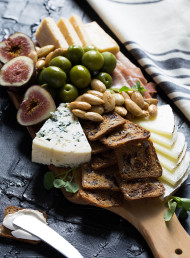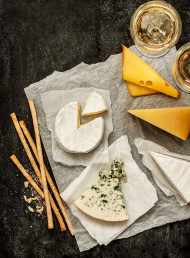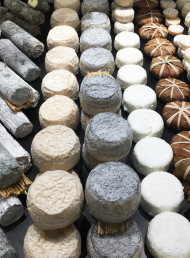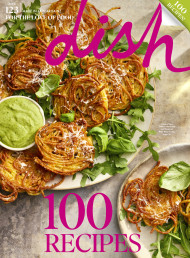Stories of cheese: The making of a champion
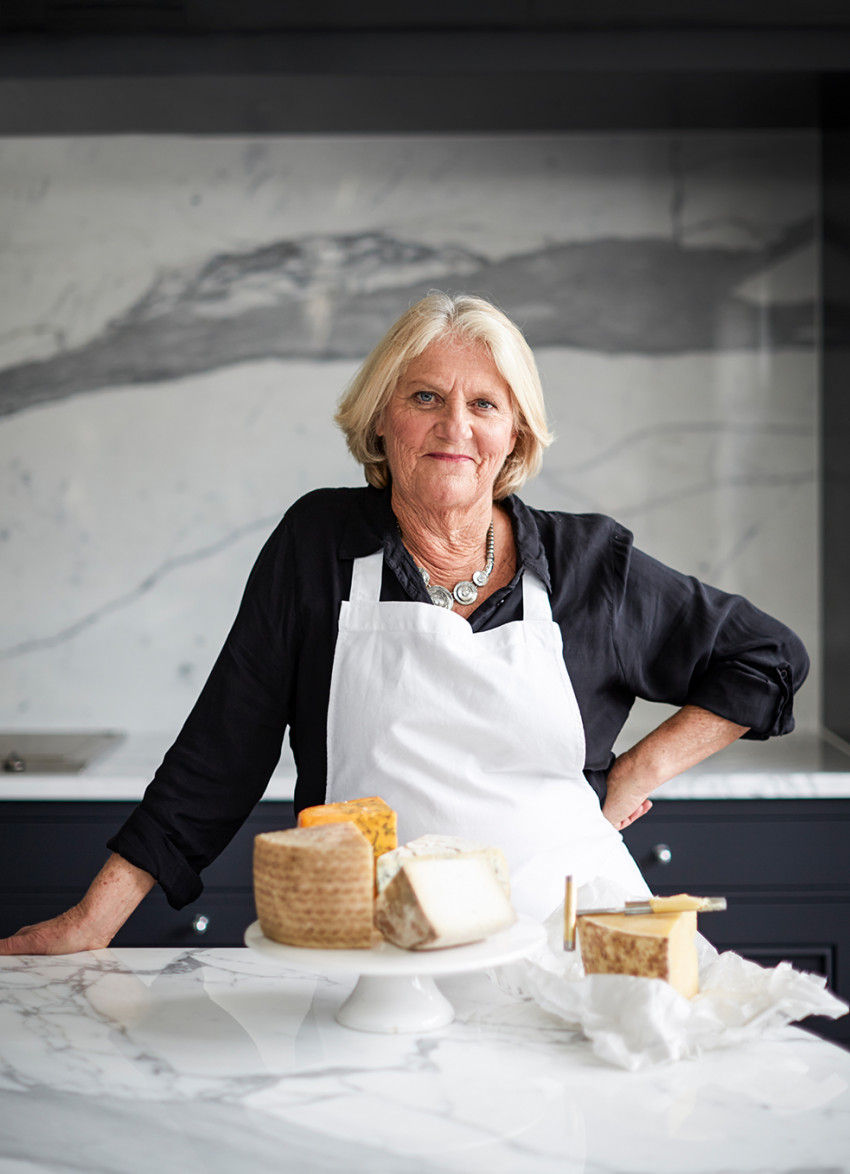
The 34 technical and amateur judges at the recent New Zealand Cheese Competition did what most of us can only dream of – they tasted around 75 cheeses in a single day.
The thought of tasting 75 to 100 different cheeses in a single day may seem excessive, but only by doing comparison tastings – going back and forth between similar cheeses – can we really uncover the nuances of flavour and texture hidden beneath their motely rinds.
So, what exactly are the judges looking for? What makes one or two cheeses stand out from the crowd?
Wine judging has very strict international guidelines – as do the world class flower shows, beer contests and cider circles – but not cheese. At the Swiss Awards you have to taste three cheeses and identify the odd man out before you are even allowed to judge, an experience that had me quacking in my yellow beanie (not a good look) as I imagined how I would feel if I failed – and a few did.
Then you were left on your own to decide if the cheese matched the description given by the cheesemaker or the strict criteria, laid down over hundreds of years.
In fact, the making of all classic European cheeses, like Parmigiana Reggiano, Stilton, Brie de Meaux or Roquefort are governed by strict laws so that each cheese is beautifully crafted. Your role as a judge is to be able to distinguish the best of the best – I worked with the Parmesan consortiums promoting their cheeses for three years and never tasted a cheese that wasn’t excellent.
To judge a style of cheese, however, a judge needs to work within the industry, have access to cheeses day in day out, not just occasionally, and to gradually develop a palate that can identify the subtle influences and character of a cheese. Ultimately, the cheesemaker must be able to expose the complex flavours trapped in the milk produced from the meadow flowers, lush green grass or unique grazing, enhancing or inhibiting the sweet, creamy notes of cows’ milk or the nutty, caramelised onion character of sheep's milk.
So, if a cheesemaker calls their cheese cheddar, feta or brie it better bear a close resemblance to the original otherwise it's simply a very poor copy and should be – though often isn't – marked accordingly. My advice to New Zealand cheesemakers is to make a unique cheese like Pink and White Terraces from Origin Earth or Coppermine from Cartwheel Creamery. Both simply stand on their own merit and both are delicious cheeses.
The two major winners, Meyer Smoked Goat Gouda and Mercer 50/50 have managed to combine the best of both – they are outstanding authentic gouda – better than most, if not any I have tasted in Holland and each boasting their own unique twist – like fusion cooking at its best, the result is truly sublime.
latest issue:
Issue #123
Depending on where you live, spring can bring anything from warmer temperatures and rainy days, to hail, sleet and snow! Dish has you covered for all weather in our latest issue with everything from new season’s fresh asparagus to comforting fried chicken, three ways. With pizzas, dinners for two, recipes for entertaining, indulgent desserts, easy ‘make it tonight’ dishes, an extract from Olivia Galletly’s latest cookbook, fritters, and even a Mexican feast, this issue is jam-packed. With 100 recipes, this bumper issue is one not to be missed!


